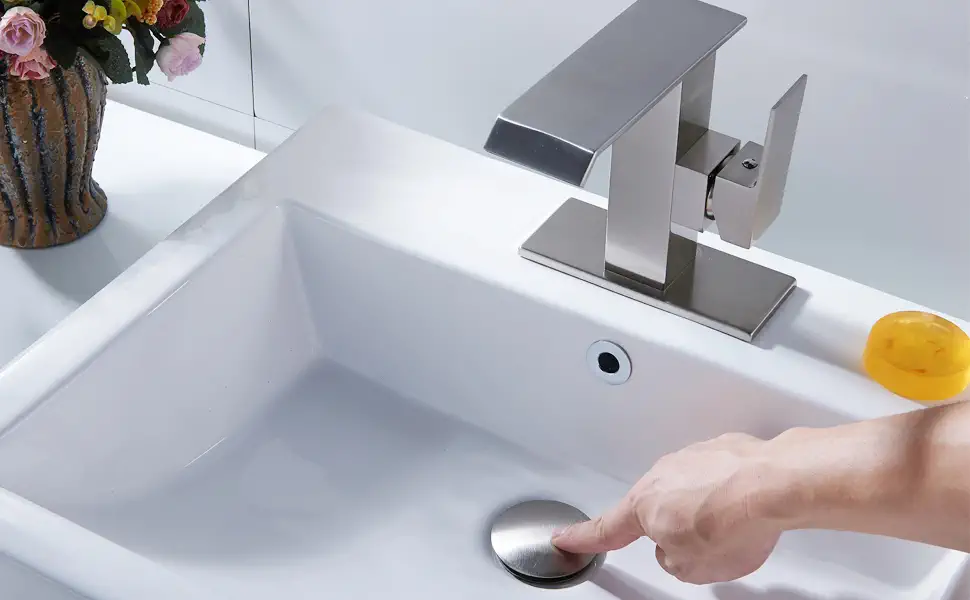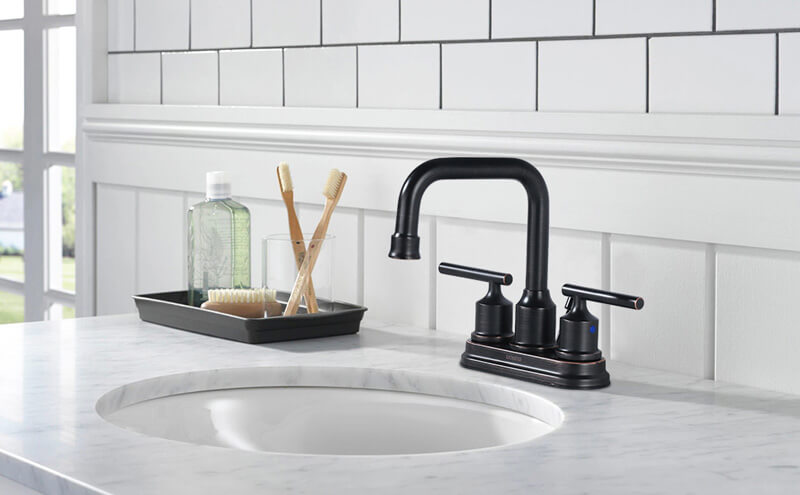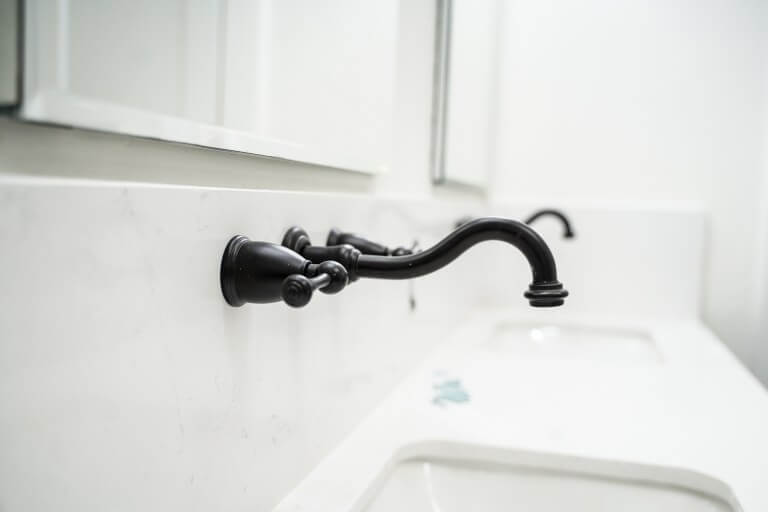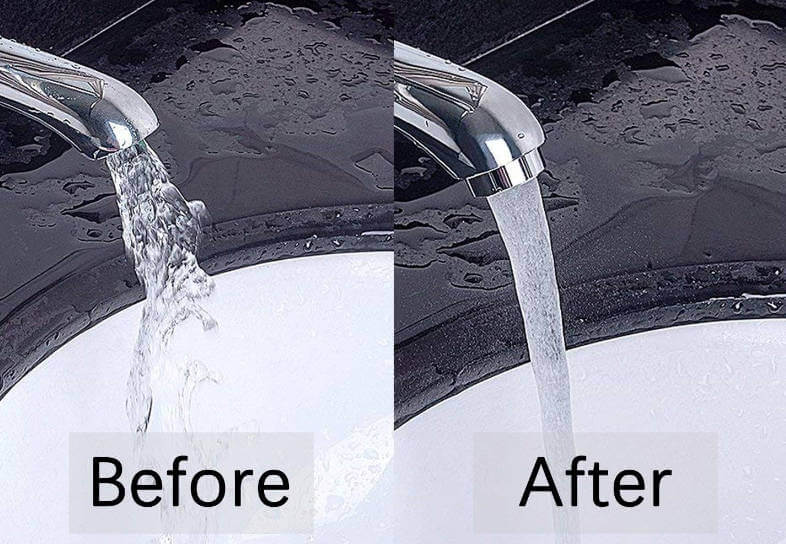What Is The Role of The Spool on A Faucet

On water-saving appliances, most faucets use a special bubbler. The water does not splash. When saving water, oxygenated water with bubbles has better flushing power and comfort. When you buy one, you can test the water to see if it appears bubbly. Also consider its combination with the sanitary ware to see if the model is correct. Faucets are expensive, but they are economical in the long run. Choosing a water-saving faucet, in addition to picking your favorite faucet shape, you should pay special attention to the quality of the valve core.
The best faucets are made of ball valve material, which is the best water-saving products in the industry. In particular, stainless steel ball valves and copper ball valves can control the temperature of the water to ensure that hot water flows out quickly and accurately, saving water and energy.
The spool is a valve component that relies on its movement to perform the basic functions of directional control, pressure control or flow control. The spool is required for the control of any faucet. For the faucet, the quality of the spool is an important basis for evaluating the quality of the faucet. Arguably, the most important factor affecting the quality of the faucet is the spool.
Types of faucet spool
Commonly used faucet spools are steel ball spools and ceramic spools. The steel ball spool has good resistance to pressure, but the drawback is that the rubber seal used for sealing is prone to wear and will quickly deteriorate. Ceramic cartridges are more heat and abrasion resistant than steel ball cartridges. The ceramic spool itself has a good seal, so you can achieve a high number of valve openings without dripping from the spout due to wear and tear of the spool. The ceramic spool faucet is also more comfortable and smooth to open and close.
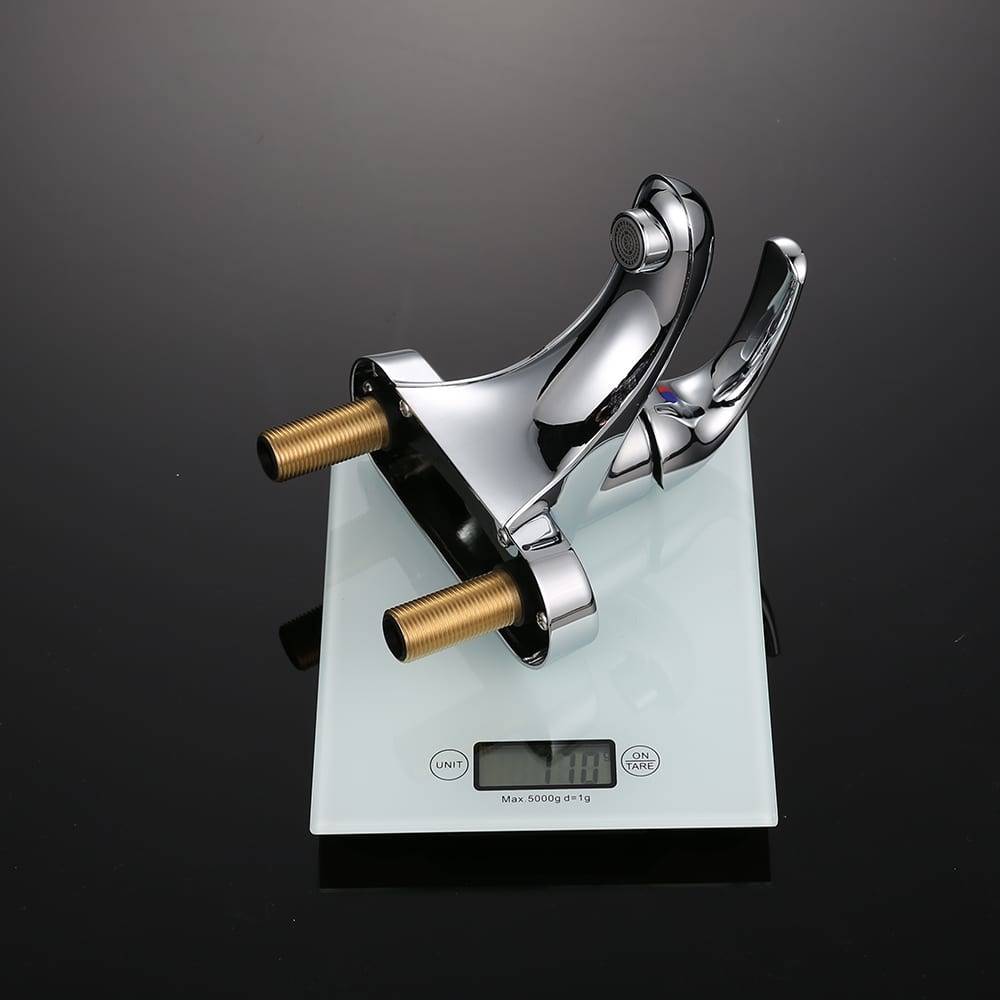
 WOWOW Faucets
WOWOW Faucets